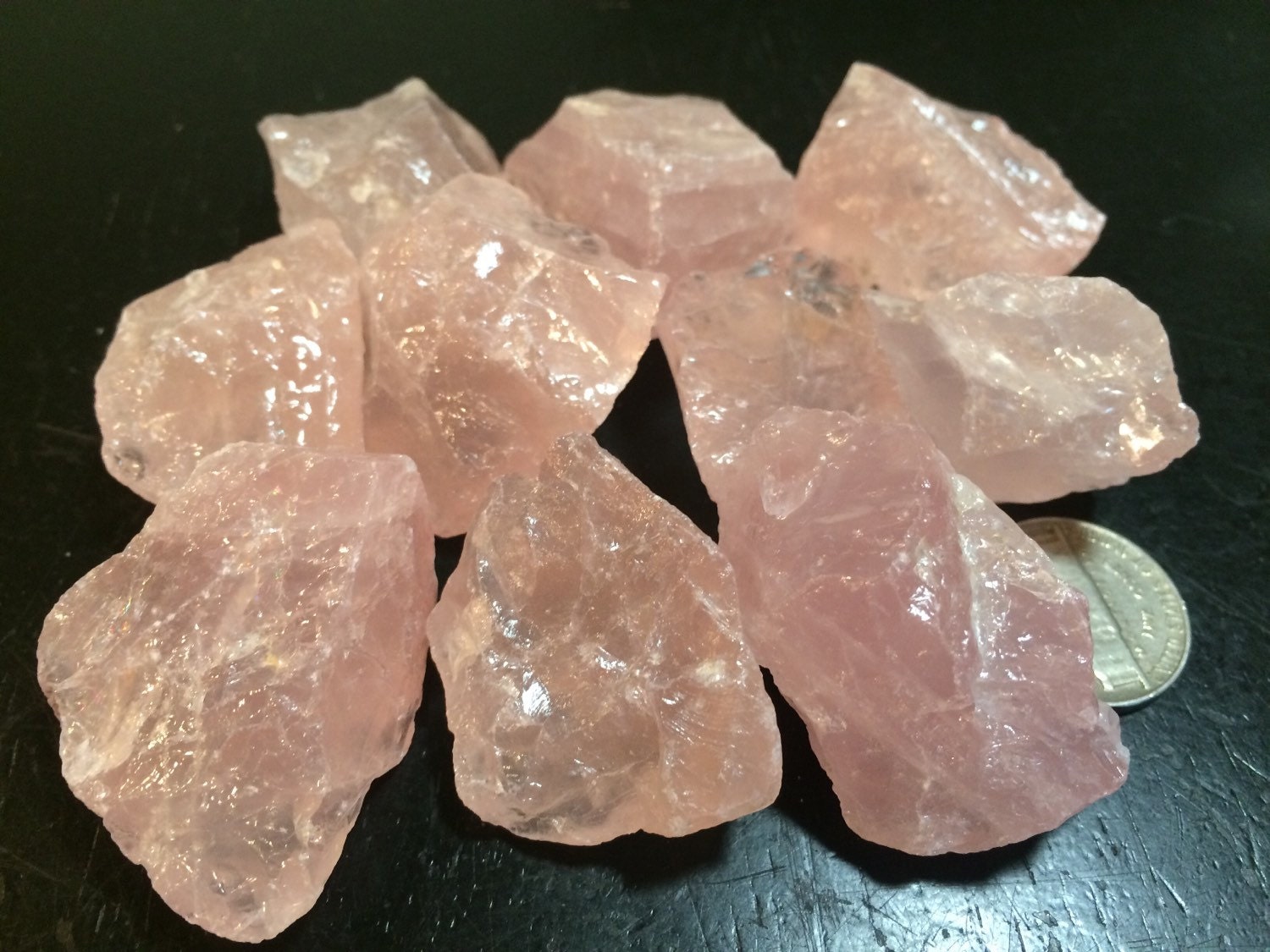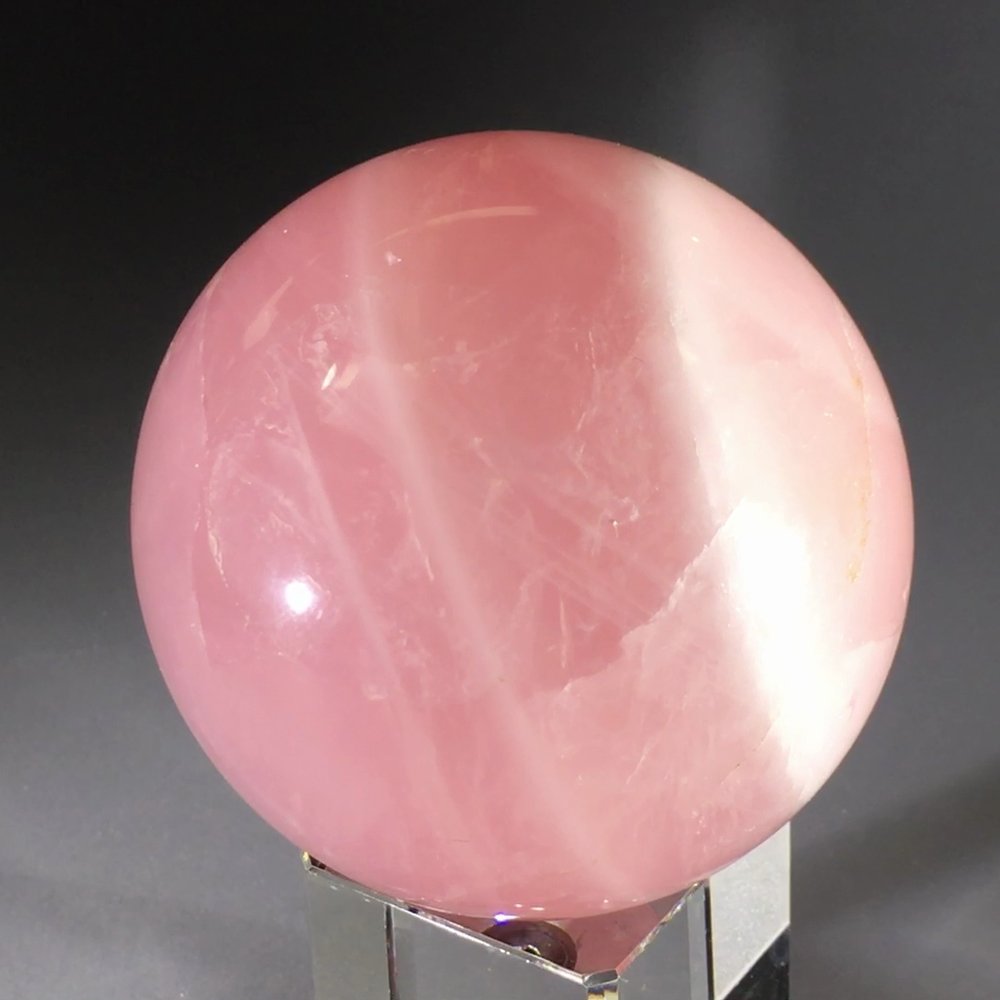

They are used to make specialized lenses, windows and filters used in lasers, microscopes, telescopes, electronic sensors, and scientific instruments. Today, billions of quartz crystals are used to make oscillators for watches, clocks, radios, televisions, electronic games, computers, cell phones, electronic meters, and GPS equipment.Ī wide variety of uses have also been developed for optical-grade quartz crystals. The tiny devices used for these purposes are known as "crystal oscillators." The first crystal oscillators were developed in the 1920s, and just twenty years later, tens of millions of them were needed each year to supply the military during World War II. These frequencies are so precise that quartz crystals can be used to make extremely accurate time-keeping instruments and equipment that can transmit radio and television signals with precise and stable frequencies. One of the most amazing properties of quartz is the ability of its crystals to vibrate at a precise frequencies. This specimen is about six inches (fifteen centimeters) across and is from Middleville, New York. Quartz crystal: A Herkimer "Diamond" quartz crystal in dolostone. Quartz sand is used in the production of container glass, flat plate glass, specialty glass, and fiberglass.

These sands are used in the glassmaking industry. These deposits have been identified and produced as sources of high-purity silica sand. Geological processes have occasionally deposited sands that are composed of almost 100% quartz grains. Its luster, color, and diaphaneity make it useful as a gemstone and also in the making of glass. It has electrical properties and heat resistance that make it valuable in electronic products. It is chemically inert in contact with most substances. It has a hardness of seven on the Mohs Scale which makes it very durable. Its usefulness can be linked to its physical and chemical properties.

Quartz is one of the most useful natural materials. Image copyright iStockphoto / Leslie Banks. Quartz flint arrowheads: One of the first uses of quartz, in the form of flint, was the production of sharp objects such as knife blades, scrapers, and projectile points such as the arrowheads shown above.


 0 kommentar(er)
0 kommentar(er)
